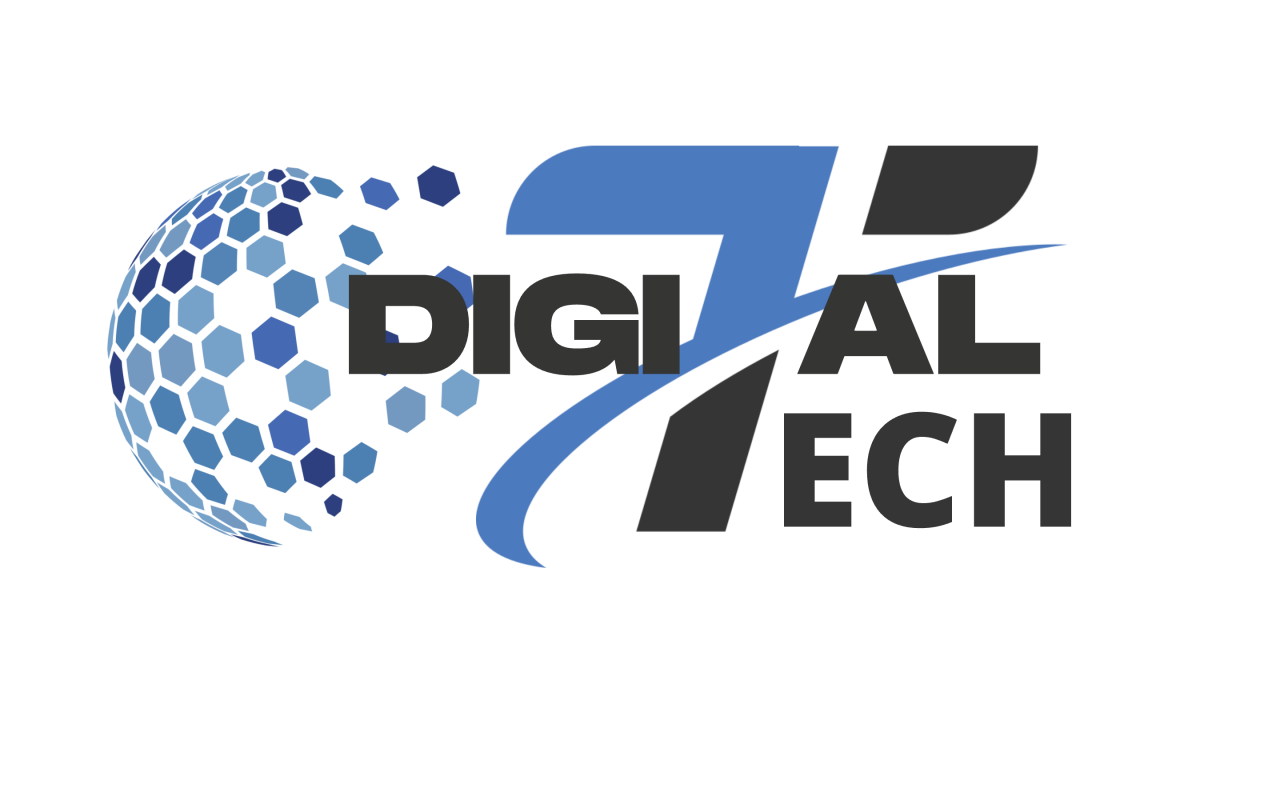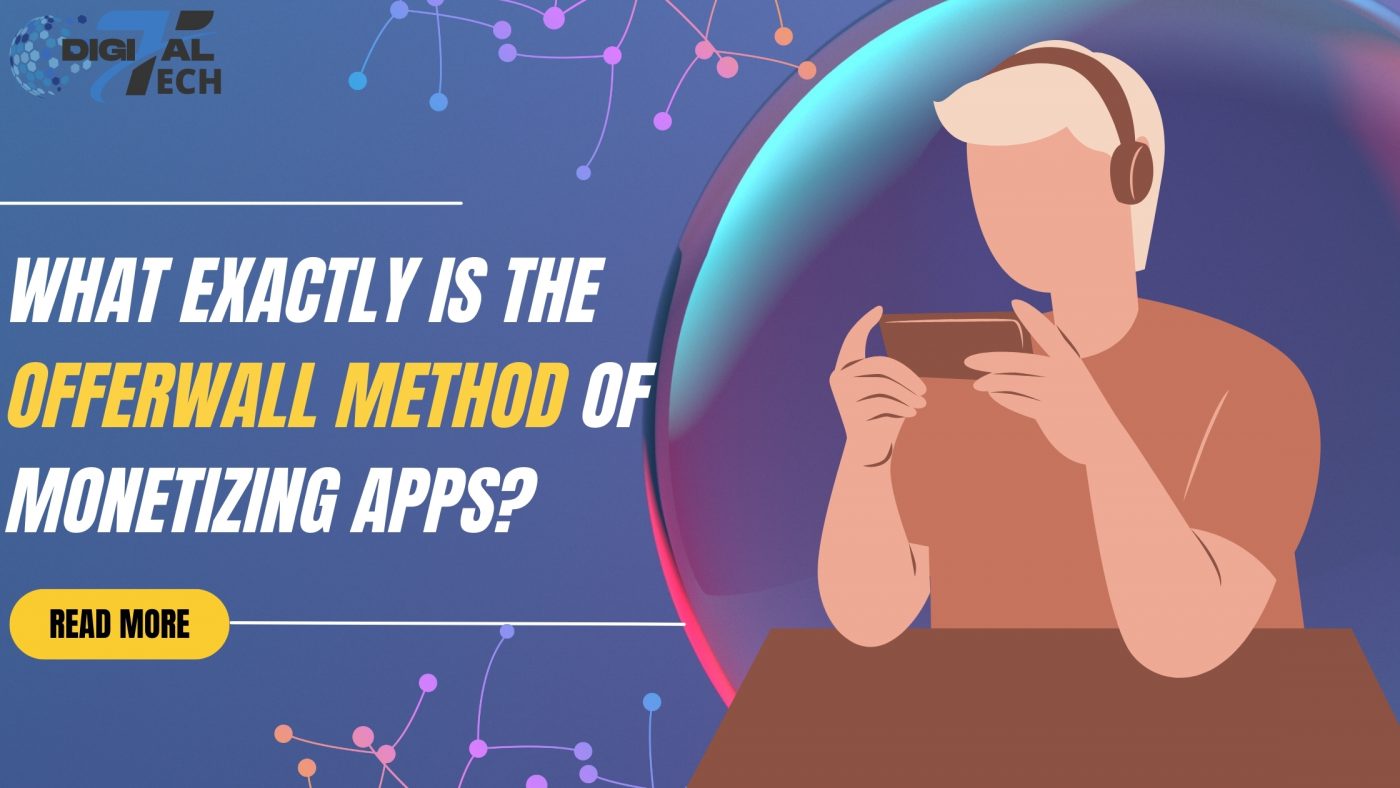It’s likely that you have previously encountered an offerwall in one of your preferred apps if you have been required to do a survey, watch a video commercial, or just create a login for yourself. However, the publishing of apps presents a different set of issues.
This comprehensive tutorial can assist you if you’re unfamiliar with offerwall advertisements and want to learn more. Continue reading to find out more about this blog’s offerwall, its benefits, and how to put it into practice.
1. What is the offerwall?

One method of app monetization that is very common in mobile app games is the offerwall. As a platform, the offerwall lets users interact with offers, tasks, and adverts from third parties for in-app purchases.
Essentially, it’s a wall within your software that presents a few options for selecting a task and earning rewards for it!
An offerwall technique is probably something you’ve already encountered if you’ve ever played mobile games like Candy Crush or Rush Royale. Here are a few well-known offerwall examples:
- To obtain an additional life, watch a 30-second video.
- Enter the app and play a sponsored third-party minigame before moving on to the next level.
- To get extra cash or gems, complete this little survey.
- To get more points or level up, finish a “hard” level.
Though there are other ways to improve offerwalls, this at least provides you with a sense of how they are included into programs.
2. How are offerwalls operated?
Consider offerwalls as a little in-app marketplace. Offerwalls are displayed to users when they are in need of a virtual benefit within your app and are typically found in high-traffic areas of your app, such as the main menu, in-app purchase store, or between two tiers.
This could be an additional life, gems, hint, undo, or any other significant virtual currency. A motivated and interested user will choose those rewards when using your software. And as soon as they do, you’ll immediately receive some additional ad revenue.
The two fundamental ideas that offerwalls operate on are as follows, and we’ll address those now:
1. User interaction
Users are given a choice of offerwall chores, offers, or advertisements when they access an offerwall within an app or game. It is up to the users to look over the possibilities and choose the ones that suit their tastes or areas of interest. After selecting a work or offer, users proceed to finish it in accordance with the given guidelines.
2. Reward system
It’s time to give the user the promised incentive after you’ve got them to interact and finish a task. Incentives are usually given either immediately or following a brief verification procedure to make sure the activity was completed.
Typical awards may consist of:
- In-app currency: This allows you to buy things with the app or game and unlock features.
- Premium content: Unreleased levels or products,
- Virtual goods include redeemable gift cards and discounts on in-app purchases.
3. How to use offerwall incentives to monetize your app
1. In-app purchases
By giving consumers a preview of premium features, offerwall integration might encourage app sales. Users are encouraged to investigate and interact with premium content or features that might otherwise require a direct purchase when you give them the opportunity to earn rewards through straightforward activities or offers on the offerwall.
You can employ tactics like providing special discounts or bonuses for direct purchases, as well as rewarding customers with in-app cash or exclusive items through offerwalls, to optimize income without hurting sales.
2. Interactive advertising
It’s time to include interactive advertising in your app if you’re unsure if standard adverts will keep consumers interested. Interactive advertisements, which are frequently displayed as playable or interactive movies, let viewers engage with the advertisement itself and create lasting memories.
Put another way, more engaging and less forceful.
Because people are more likely to interact with advertising that offer interactive components or experiences, interactive ads can also enhance user engagement and perhaps generate cash.
3. Premium subscriptions
Offerwalls can be used to unlock exclusive material that is available only to subscribers or to encourage premium subscriptions through trial periods. Developers can encourage customers to investigate the advantages of a subscription by including offers that provide trial periods or special access to premium services.
Conversion strategies can assist in moving customers from free to paid memberships, such as providing longer trial periods or combining subscription benefits with additional offerwall activities.
4. Banners
Without being overly obtrusive, exposure can be raised by integrating banner adverts within or surrounding the offerwall. Banner adverts can be positioned strategically within the offerwall interface to ensure visibility without interfering with the user experience.
Banner advertisements give advertisers more ways to reach people, so even while they might not provide as much engagement as other ad types, they nevertheless help generate income.
5. Full-screen ads
Although full-screen advertisements can be tricky to maneuver, your boat will float if you use the proper strategy. All you need to do to prevent interruptions and user annoyance is to carefully evaluate the placement and timing of full-screen advertisements.
The greatest places for full-screen advertisements to appear are in between levels, with a little gap between them. Alternately, you might give them the opportunity to win extra coins or lives for their next purchase!
4. Advantages of employing offerwalls
Because of the advantages they provide, offerwall monetization is one of the most widely used strategies for freemium applications. The following are the three primary advantages of employing offerwalls if you’re unsure about what they may do for your app:
1. Boosts user retention and engagement
Offerwalls are effective instruments for raising user retention and engagement in apps. By giving consumers a range of tasks, offers, and prizes, they clearly incentivize users to interact with the information.
The possibility of winning prizes increases user engagement and encourages users to stick with the app or game over time.
Offerwalls’ interactive features also make users feel good about themselves as they complete tasks and get rewards, which keeps them engaged with the app or game longer and improves retention rates.
2. Increases income by charging non-paying users
Some people think that offerwall monetization isn’t as effective as other forms of monetization at increasing income. For those individuals, here’s a stat: Games that use an offerwall monetization strategy get a 10%–40% increase in ad income.
Thus, the potential of offerwalls to monetize non-paying customers and create extra money is one of its main advantages. Beyond conventional strategies like in-app purchases or subscriptions, developers can establish new revenue streams by embedding sponsored offers, advertising, and other monetization opportunities into the offerwall.
Given that users can choose which tasks or offers to participate with and that participation is completely voluntary, offerwalls also offer a non-intrusive means of monetizing users. This flexibility makes it more likely that users will finish tasks and that advertising will meet their goals, which will enhance your revenue.
3. Flexibility and smooth incorporation
Who wants to experiment with something that doesn’t work well with your configuration? Offerwall advertising has the advantage of being incredibly flexible and integrating well with any project you have going on.
They are simple to integrate into already-existing app interfaces, giving you the flexibility to alter the offerwall’s functionality and look to meet your unique requirements.
Even better, offerwalls support a large variety of activities, incentives, and offers, allowing developers to create monetization plans that are specifically suited to their target market.
5. Cons of employing offerwalls
Occasionally, things can go wrong. This is still the case when discuss offerwall monetization techniques. It’s important to be aware of all the potential drawbacks of offerwall advertising, and I’ve listed three of them below:
1. Sometimes ineffective as a result of market saturation
Offerwalls may be ineffectual in crowded markets where a lot of apps use comparable offerwall tactics. Users grow less receptive to offers and tasks as more apps include offerwalls into their monetization strategies, which lowers user engagement and efficacy.
Additionally, market saturation may result in a decline in the caliber and selection of deals on offerwalls, which would lessen consumer attraction. And in order to overcome this drawback and stand out in crowded markets, you must develop and distinguish your offerwall methods.
To lessen the negative effects of market saturation on total income generation, you can also consider varying your monetization strategies outside of offerwalls.
2. Dependency harms income
The risk of reliance is a major drawback of relying on offerwalls to generate money. Offerwalls are a dependable source of money, but using too much on them to generate revenue might have negative long-term effects.
The efficiency of offerwalls as a revenue stream can be impacted by variations in advertising demand, user engagement fluctuations, or changes in market trends. Developers who rely too heavily on offerwalls may not be able to diversify their business and may face financial losses in the event that the offerwall ecosystem is disrupted or decreases.
3. Issues with the user experience
Offerwalls boost user experience, engagement, and income. Mobile offerwalls that disrupt gameplay or app navigation may bother some users.
The complexity of some offerwall activities or offers may deter users, which could lead to user dissatisfaction—the app killer that will forever ruin your app!
Additionally, using offerwalls excessively can make the app interface cluttered and less user-friendly overall.
6. How can I get the most out of offerwall ads?
It’s time for us to discuss how to get the most out of your offerwall advertising strategy if you’re prepared to monetize your non-paying users. Here are five professional suggestions for monetizing offerwalls:
1. Customize and divide up your audience
How does it make you feel to have to watch advertisements that have nothing at all in common with your life? What should an adolescent do when they see one for braces on their backs? Not enjoyable, is it?
You must thus segment and personalize your user base. Recognize the interests, demographics, and prior actions of your users so that you can customize the offerings that appear on the offerwall.
By using a more focused strategy, there is a greater chance that users will interact with the offers, which raises conversion rates and eventually boosts income.
2. Easily incorporate offerwalls
Offerwalls must be seamlessly integrated into your app in order to improve user experience and increase revenue. Make sure the offerwall fits in well with your app’s main layout and features.
To do this, employ standardized language, iconography, and color schemes to produce a unified user experience.
3. Make sure your offers are engaging and new.
You definitely don’t want customer displeasure and weariness brought on by repeatedly seeing the same advertisement! As a result, in order to keep your offers and advertisements interesting, you must constantly change them.
The offerwall will always interest and excite users if the offers are rotated frequently and new, exciting prizes are offered.
If you’re stuck, use unique offers and time-limited promotions to create urgency and spur action!
4. Clearly state your benefits.
To maximize user engagement and offerwall revenue, it is imperative to communicate the rewards provided by the offerwall in an understandable manner. Make sure your messaging and calls to action are compelling and emphasize the advantages of taking advantage of the incentives.
Briefly describe the benefits that users can obtain, such as in-app purchases, rebates, or other incentives.
5. Evaluate your work
It’s critical that you track and evaluate your offerwall’s performance using a wide range of crucial indicators. Make use of analytics tools to track important metrics like revenue earned, engagement levels, and conversion rates.
Figure out which offers work best and which user segments respond best by studying user behavior. Use this data to strengthen your offerwall strategy by modifying offers or targeting specific user segments.

